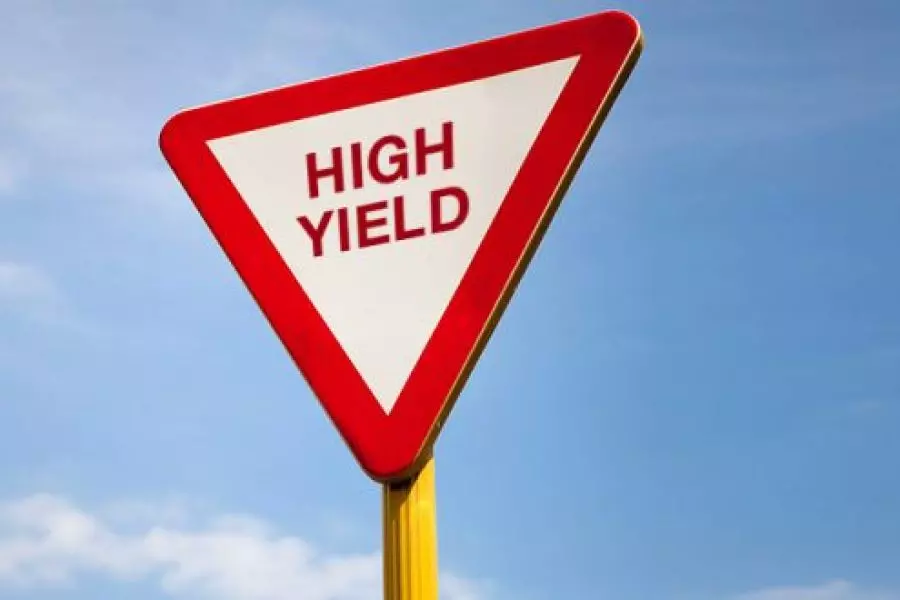
News
West Coast best bet for investors

Tuesday 29th of June 2021
In fact, it’s far further south. The West Coast of the South Island to be precise.
It has taken top spot as the highest performing region for residential investors with the highest yield in New Zealand and the fourth highest capital gains, the latest Real Estate Institutue of New Zealand (REINZ) data shows.
The latest edition of the Capital Gains and Rental Yields Report r...
Want to read the full article?
Click the button below to subscribe and will have unlimited access to full article and all other articles on the site.
2 min read
Latest News
Latest Comments





![[The Wrap] Bye Bye Bayly](https://goodreturns.publit.io/file/c_fill,w_900,h_600/39f23ac1-f7c7-4854-b700-a150004ebbac.webp)


